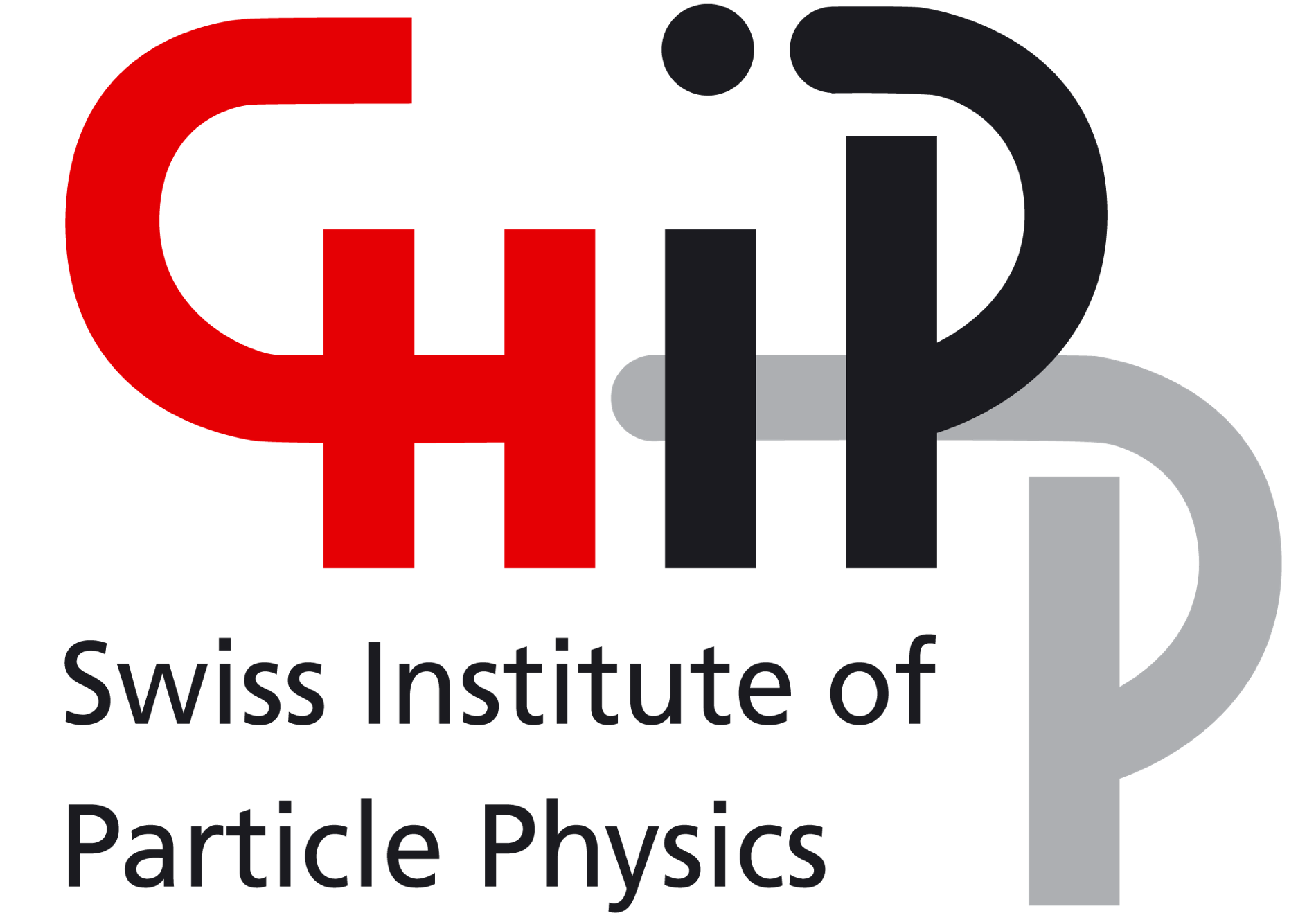A Visit With Einstein’s grandchildren: movie "Particle Fever"
How do modern physicists conduct their research? Mark Levison’s documentary ‘Particle Fever’ gives an answer to this question. The movie’s premier in German- speaking Switzerland will take place in the Swiss Science Center Technorama in Winterthur this Wednesday. We had the chance to see ‘Particle Fever’ beforehand. A review.

Regine Aeppli, Director of Education for the city of Zurich, has launched an initiative that aims to excite teachers and students for physics and chemistry. Aeppli’s initiative has the same goal as the MINT-campaign in other cantons which is to increase the number of engineers and skilled employees in the fields of natural sciences. However, it is not easy to scale up the general enthusiasm for technical studies and natural sciences, especially for physics. Modern basic research in physics is often hard to comprehend and can even be too challenging for well-educated students.
Monument for the Higgs-Boson
In July 2012 scientists at the European Laboratory for Particle Physics (CERN) in Geneva discovered the Higgs-Boson. This elementary particle – journalists like to call it God particle – is one of the 25 elements of matter that are known today. The proof of the Higgs-Boson was one of the most important discoveries in recent times. It also reminded a broad public of the importance of physical research.
‘Particle Fever’, the movie directed by the U.S. film producer Mark Levinson, who himself is a physicist, memorializes the discovery of the Higgs-Boson. Levinson focuses on the people who participated in finding the Higgs-Boson. The movie presents and quotes half a dozen female and male physicists who are, in a way, Einstein’s grandchildren. One of them is the Swiss physicist Peter Jenn who is seen as the founding father of ATLAS, one of the large experiments at CERN. ATLAS includes several thousand scientists and played a central role in finding the Higgs-Boson.
The challenges of science
In ‘Particle Fever’ the scientists speak about their daily routine and discuss their world view. The centerpiece of their research at CERN is the 27 kilometer long particle accelerator LHC that is located underground in a circular tunnel. This machine was already planned in the 1980s and is, at its core, a high-precision microscope. It took, however, another 25 years to construct and start the operation of the machine. In 2012 the Higgs-Boson was finally discovered. There were times though when it looked like the LHC was a huge failure and billions of invested dollars wasted. For example, in 2008 the particle accelerator broke down again due to a technical problem shortly after its launch and was in repair for 18 months.
Particle Fever is a lively and entertaining introduction into the intellectual world of modern physics. For theatrical reasons the story opposes two theoretical constructs, i.e. two different ways of thinking. The first version – called supersymmetrie (SUSY) – predicts that for each elementary particle there is a mirror particle. Based on this assumption physicists try to explain hitherto mysterious phenomenon like the so-called dark matter. The second theoretical approach assumes that the universe is only a part of the entire system, the so called multiverse. Physicists hope that the LHC will provide results that will help answer the question which of the theories is correct. However, Levison must admit in the movie that there have been no such results up to this point.
Excursion into Theology
Not every physicist will enjoy the final passage of the movie. In this part Mark Levison uses a bold comparison. He bestows an almost divine character upon the Higgs-Boson and calls it creator and destructor. His justification is that the mechanisms connected with the Higgs-Boson are responsible for the fact that our matter has mass. Therefore, Levison concludes, it is actually the Higgs-Boson that makes matter matter by holding mass together. Physicists will not agree with this excursion into religion. For most of them the term ‘God´s particle’ alone is an unwanted theological reference.
Benedikt Vogel (published Sept. 29, 2014). This review was published Sept 29th 2014 in the “Winterthurer Landbote”.


